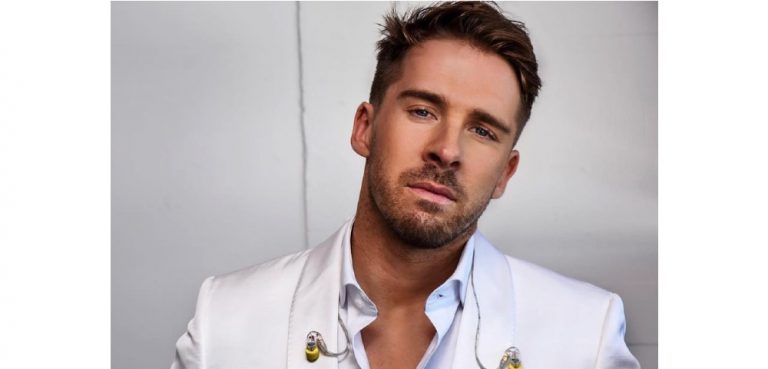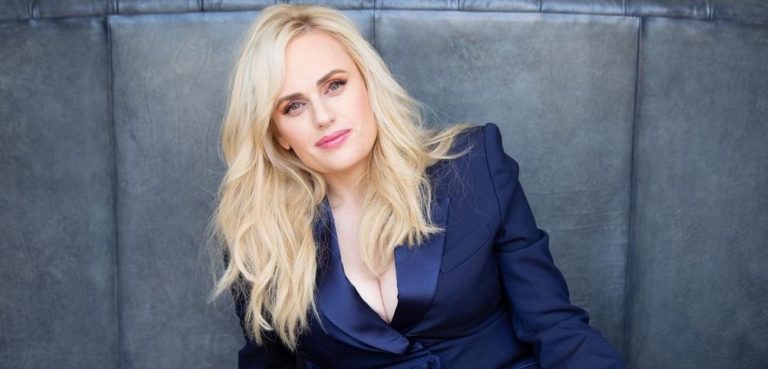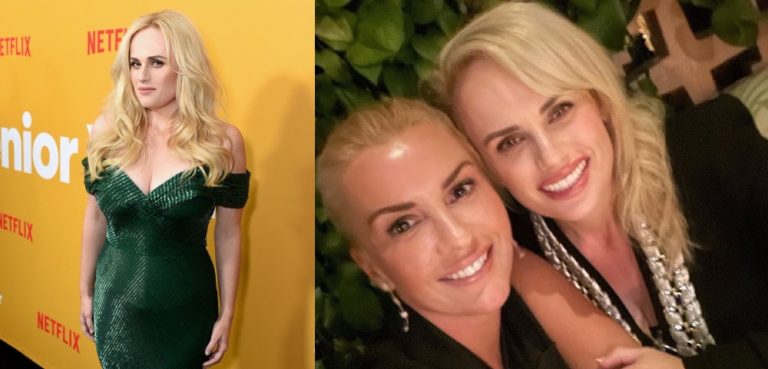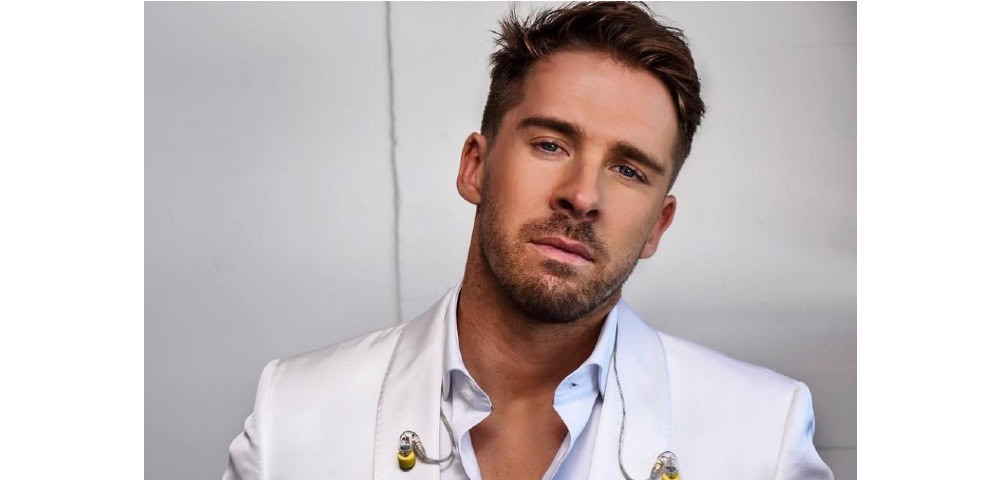
Gender Fluidity In Theatre Casting
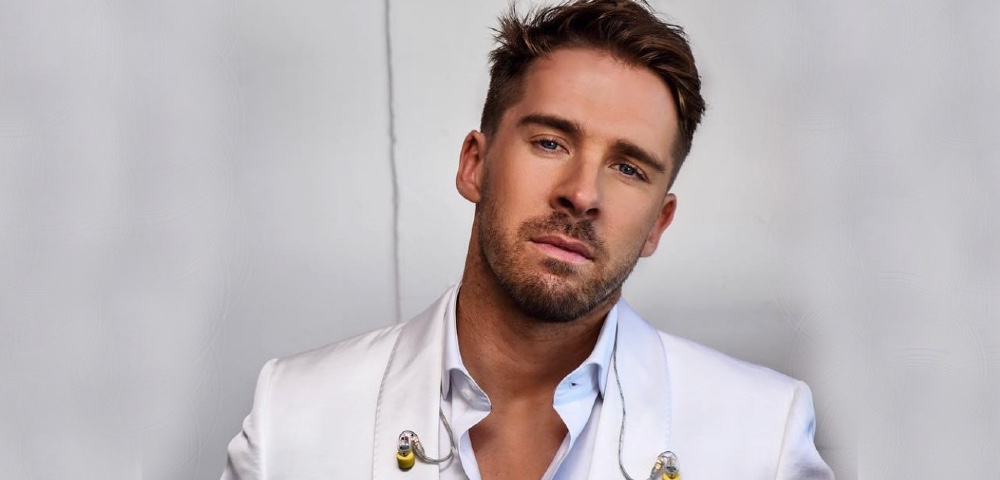
By Jack Migdalek
Theatre audiences have become accustomed to Colourblind casting whereby roles are cast according to performers’ talents rather than the colour of their skin or ethnicity.
Current productions such as Hamilton and Six feature actors of various ethnic backgrounds in roles of white historic figures. And why not?
Can we apply the same fluidity to the notion of Genderblind casting whereby roles are cast according to a performers’ talents rather than their biological sex or gender identity?
Casting Against Gender Already Exists
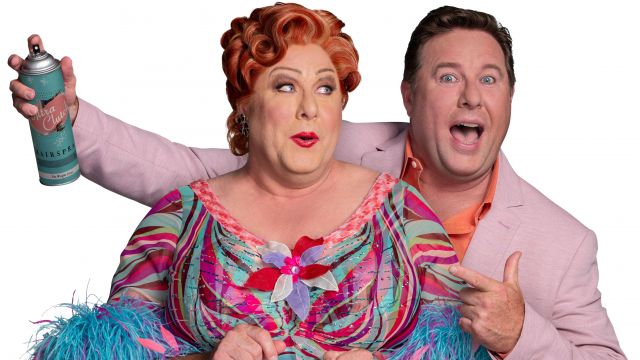
Casting against gender already exists in mainstream theatre. However, the dynamic of female performers playing male roles differs greatly to that of male performers playing female roles. Glenda Jackson’s King Lear on Broadway and the West End (2019 and 2015) and Harriet Gordon-Anderson’s Hamlet for Bell Shakespeare (2022) demonstrate the point that female actors playing male roles can be taken seriously.
In contrast, it is not since Shakespearean days that males performing female roles have been played or received in the same way. Males performing female roles within Western mainstream theatre are almost always cast, directed, performed, and received as two-dimensional, larger than life caricatures or figures of amusement.
The legacy of clownish panto dames has left an indelible mark on the semiotics of a male actor in female garb. If we are able to accept male actors playing over the top comedic female roles such as Edna Turnblad in Hairspray (soon to be played by Shane Jacobson in the 2022 revival), Agatha Trunchbull in Matilda, Lady Bracknell in The Importance of Being Earnest (played by Geoffrey Rush for the MTC in 2011), then why can we not envisage male actors playing three-dimensional non-comedic roles?
Male Actors In Female Roles
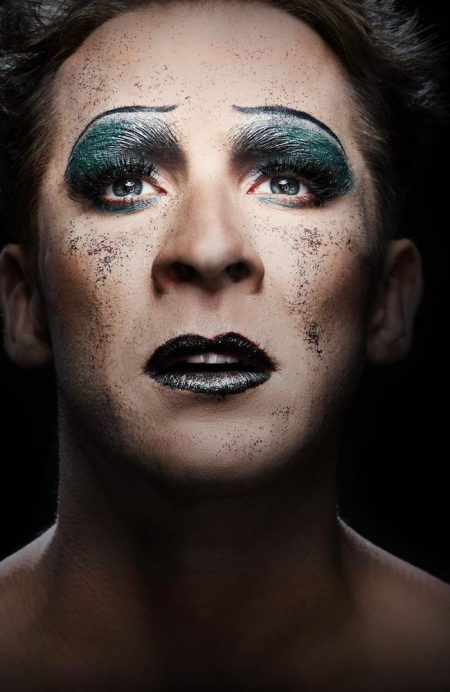
A male in a female role being contingent on the character being comedic or ludicrous sends a negative message to those not inclined to perform gender in conventional ways, and says little for positive change in societal attitudes toward gender fluidity.
The contention that an actor should be able to play any role brings to mind the recent controversy concerning non-binary actor, Hugh Sheridan, being cast as the lead role in Hedwig and the Angry Inch. The production was cancelled on the back of arguments that the role should be played by a transgender actor.
Sound as this line of thinking may be, there is much to be gained for an actor in the endeavour of inhabiting the life, words, and actions of a character who is not their own. And probably for audience members too. Acting is a skill that should not be contingent on having the same age, colour, sexual orientation, gender identity, or genitalia as the character being depicted.
Binary Award Categories Need To Go

For positive and equitable change to occur, we need to deconstruct and re-conceptualise ways in which we categorise those in the acting profession. The Tony Awards, Olivier Awards, Academy Awards, and Emmy Awards continue to uphold binary notions of gender through categories such as ‘best male actor’ and ‘best female actor’ (the Tony awards and our very own Logie Awards continue to use the terms ‘actor’ and ‘actress’).
Given that there are actors – and individuals in all walks of life – who do not identify as male or female, categories of ‘best male actor’ and ‘best female actor’ have become outdated and obsolete. As notions of gender fluidity are becoming more prevalent, it is time to dispense with award categories that invisibilise those who do not fit neatly into either/or categories of male or female.
If we continue to uphold the use of such division, then surely it makes as much sense to introduce and uphold a plethora of further categories such as ‘Best Actor of Colour’, ‘Best Disabled Actor’, ‘Best Trans Actor’, ‘Best Gay Actor’, ‘Best Gay Actor playing a Straight Role’, ‘Best non-native English speaking Gay Actor of Colour playing a Straight Cis-Male role in a Musical’. The list of possibilities is endless.
Acting is actually a level playing field in which excellence does not hinge on biology or musculature. It is time to address and rework long established inequitable acting categories in theatre and film. Why not have Streep and De Niro compete for the same award? We should honour the diversity of those in acting (and other professions) and, as an act of inclusion, no longer label them according to gender.
Jack Migdalek holds a PhD on ‘The Embodied Performance of Gender’ as published by Routledge in their series on Gender and Society.

